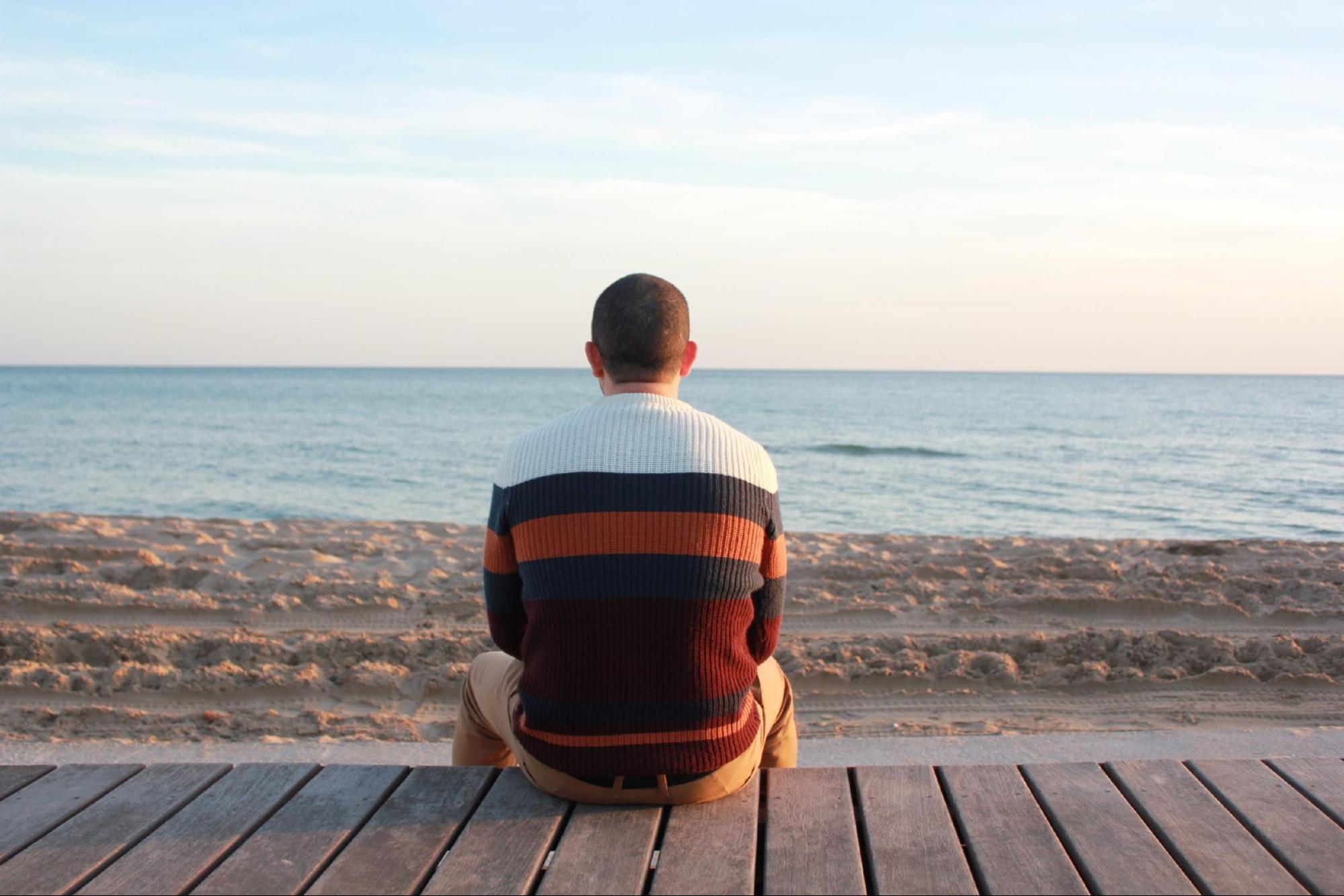Your lupus symptoms may make it hard to be physically active. You may worry that physical activity and exercise will make you feel worse. These are valid concerns, but physical activity can have many health benefits, both physically and emotionally.
In the long-run, benefits of regular physical activity include:
-
Better sleep
-
Less pain and fatigue
-
A better ability to think clearly and remember things
-
Better balance and mobility
-
Better mood
For Those Experiencing Severe Fatigue: If fatigue is one of your main lupus symptoms, then physical activity may be difficult for you even if you were physically active before getting sick. If this is the case, then something known as “pacing” will be an important self-care technique for your symptoms. Pacing is also known as “living within your energy envelope”. To learn more about pacing, visit Pacing.








What if You’re Not Ready to Exercise?
Back to topMaybe you’ve been sedentary and resting most of the time for so long that you can’t imagine starting to exercise. Or maybe you are afraid that even the slightest bit of exercise will cause a spike in your symptoms. Whatever your reason for being hesitant to exercise right now, you might start by increasing your level of “lifestyle physical activity” first.
Lifestyle physical activities are things that you do or enjoy as a normal part of daily life, such as cleaning the house or playing with children. Chances are you do some of these physical activities in your day-to-day life. So, instead of having to start an exercise program, you are already doing one. That means you can slowly work up to harder or more intense physical activities.
As you move from left to right across the activity spectrum below, you will see that the activities listed require more energy and physical effort. Depending on how you feel, it might be realistic for you to build up to activities in the mild and moderate ranges. Use the lists below as a general – but not complete – guide to the types of activities you might engage in for physical activity. As you become more active, you can try to work up to more challenging activities gradually.
Examples of Physical Activity by Intensity
Least Intense
- Writing
- Painting
- Sewing
- Typing
- Using the computer
- Watching TV
- Light cleaning (e.g., dusting)
- Cooking/baking
- Golfing (with a cart)
- Playing a musical instrument
- Slow dancing
- Walking slowly
Most Intense
- Heavy cleaning (e.g., mopping floors)
- Calisthenics
- Cycling slowly
- Gardening
- Golfing (without a cart)
- Swimming slowly
- Walking at a normal/brisk pace
- Landscaping
- Basketball
- Running
- Skiing
- Tennis
- Soccer
- Swimming or cycling vigorously
What Are Reasonable Exercise Goals?
Back to topGuidelines from the American College of Sports and Medicine (ACSM) say that adults should aim to get at least 150 minutes of moderate-intensity exercise per week.
This is the most widely recommended goal even for people with chronic illnesses. If this amount seems overwhelming to you, the good news is that a little bit of physical activity - even 10 minutes a day - can make a difference.
The key is to start slowly and with activities that are easy for you to do. Over time, you can gradually increase your activity and start to do more. Your muscles may have become deconditioned, or weaker, due to inactivity, but this may lessen as your body adjusts to being active again. Remember that over-exercising can also lead to more pain or fatigue. Talk with your healthcare provider about ways to help you be more active.
Types of Exercise
Back to topThere are 4 types of structured exercise that have been shown to benefit mental and physical health. Keep in mind that these activities can be done at a gym, at home, or in your community.
-
Aerobic Exercise: Sustained exercise that stimulates and strengthens the heart and lungs.
-
ACSM recommendations: Adults should get at least 150 minutes of moderate-intensity exercise per week.
-
Includes walking, water aerobics, and stationary cycling
-
Helps improve your circulation and strengthen your heart. Because it stimulates your cardiovascular system, this may help reduce fatigue if your muscles have become deconditioned.
-
It is best to gradually increase the amount of time you do aerobic exercise. For some people, this may mean slowly working up to 30 minutes per day, most days of the week.
-
People who cannot do the recommended minimum can still benefit from some activity; 10 minutes of activity is better than none!
-
-
Flexibility Exercise and Stretching: Keeps muscles healthy and increases range of motion in the joints.
-
ACSM recommendations: Adults should do flexibility exercise at least 2-3 days per week to improve range of motion.
-
Hold each stretch for at least 10-30 seconds to the point of tightness. Repeat each stretch 2-4 times.
-
Flexibility is important for good posture, strength, and balance
-
Do not bounce while stretching or stretch to the point of pain
-
Stretching is most effective when muscles are warm. So, try flexibility exercises after aerobic activity.
-
-
Resistance or Strength Training: Increases muscle size and strength.
-
ACSM recommendations: Adults should do resistance training on each major muscle group (both upper body and lower body) 2-3 days per week.
-
Very light strength training is best for older adults or those who are just starting to exercise.
-
Includes weightlifting, sit-ups, resistance bands or tubes, and body-weight exercises (e.g., squats)
-
Helps your muscles become stronger
-
It may help you function better and take part in more activities
-
It could counter muscle loss, and it may even result in muscle gain
-
Focus on strengthening and toning, and not on body building or “bulking up”
-
-
Neuromotor Exercises: Improves agility, balance, coordination, and gait.
-
ACSM recommendations: 20-30 minutes per day
-
Examples of this include Yoga and Tai Chi, which also can meet the criteria for Flexibility Exercise and Strength Training
-
Sometimes called “functional fitness training”
-
Tips for Success
Back to topYour results may differ from people who don’t have lupus or from what you were once able to do. Your results will depend on the condition you are now in and the intensity of your symptoms. As you begin your new exercise program, keep these tips in mind:
- Start at a low level and slowly work up to moderate activities as you are able.
- On bad days, exercise as planned, but consider doing it at a lighter level or for less time.
- Talk with your healthcare provider before starting or changing your exercise program.
- Hydrate before and after exercise.
- Talk with your healthcare provider about starting or changing your exercise program.
- Think about ways you can change less-active times into more-active times. Use the Physical Activity and Exercise worksheet to help you do this.
- Pick a set time each day to be active and put it on your schedule. This will help you commit to it.
- Plan to be active at times of the day when you feel your best or think it may help you the most. For example, it might be helpful to stretch in the morning if you feel stiff.
- Start by scheduling small amounts of activity so you don’t overdo it.
- Find a friend or family member to join you.
Being active on a regular basis is a challenge for many people. Becoming more aware of your challenges may help you move past them. Don’t forget that very day may be different. Just do what you can each day and build from there.
For Those Who Struggle with Balance
Back to topIf you struggle with balance and are prone to falling, you need to be especially careful about your personal safety:
- Avoid slippery floors, poor lighting, throw rugs, and other tripping hazards.
- Place a chair or other stable piece of furniture nearby to steady yourself if needed while you exercise.
- Choose exercises that present less risk of falling, such as a stationary bike or water exercises.
- Remember your balance may improve the stronger you get through regular exercise.
A Note about Too Much Sitting
Back to topExercise is very important to overall health and symptom management. But it is not enough to engage in exercise; you must also make sure to limit your inactive time. Adults today are too “sedentary”, which means that we tend to sit in quiet activity, such as watching TV or working on the computer for longer than is healthy. So, even if you meet the recommended 150 minutes of exercise per week, you need to make sure to monitor and limit the amount of time you sit. Take breaks to get up and walk or stretch during long sedentary periods or stand instead of sitting if you can.
Videos on Exercise & Physical Activity
Back to topApps that Support Physical Activity
Back to topThere are several apps available for iPhone and Android that can support your physical activity and exercise goals for all fitness levels. Many can be downloaded for free or a small fee. These Apps tend to fall into one of two categories:
- Apps that track your pace and distance for walking, running, biking, and other activities. For example: Strava, MapMyFitness, Nike Run Club.
- Apps that provide aerobic, flexibility, and strength training workouts ranging from Beginner to Advanced. Often these Apps provide workouts that can be done at home in or the gym. For example: Wakeout, Sworkit, Jefit, 8fit, Nike Training Club.
A simple search online will provide you with a recommended list of exercise or workout apps. You can also browse the App Store for your mobile phone or tablet platform.




